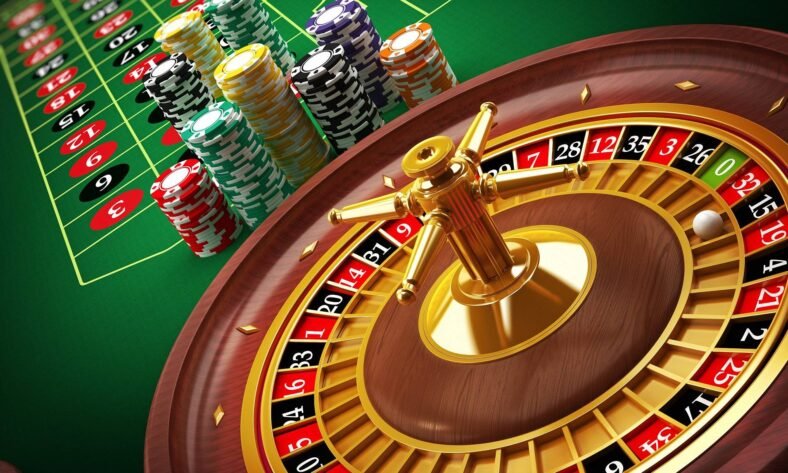Roulette is one of the most iconic casino games, known for its spinning wheel and simple rules. While luck plays a significant role, using the right strategies can increase your chances of success and make the game more enjoyable. Here are five essential roulette tips to help you play smarter and maximize your winnings.
1. Choose the Right Roulette Wheel
The type of roulette you play greatly affects your odds. European and French roulette wheels have one zero (0), while American roulette wheels include an additional double zero (00).
Why It Matters
- The house edge in European roulette is only 2.7%, while it’s 5.26% in American roulette.
- French roulette offers even better odds with the “La Partage” or “En Prison” rules, which reduce losses on even-money bets when the ball lands on zero.
Tip:
Always choose European or French roulette when available. The lower house edge increases your chances of winning in the long run.
2. Start with Even-Money Bets
For beginners or cautious players, even-money bets like red/black, odd/even, or high/low are the safest options. These bets cover almost half of the numbers on the wheel, giving you a nearly 50% chance of winning.
Why It’s Effective
- Even-money bets offer consistent payouts, helping you stretch your bankroll.
- They are less risky, making them ideal for learning the game and gaining confidence.
Tip:
Focus on even-money bets to minimize losses while enjoying steady gameplay. As you gain experience, experiment with other betting options.
3. Set a Budget and Stick to It
One of the most important roulette tips is managing your bankroll. Without a clear budget, it’s easy to overspend, especially when chasing losses.
Why It Matters
- Roulette is a fast-paced game, and bets can add up quickly.
- A well-defined budget ensures you play responsibly and enjoy the game without financial stress.
Tip:
Before you start, decide how much you’re willing to spend. Divide your bankroll into smaller units and avoid dipping into additional funds.
4. Use a Betting Strategy
Although no strategy guarantees a win, betting systems can help you manage your wagers and play more methodically. Popular strategies include:
Martingale System
- How It Works: Double your bet after each loss to recover losses with a single win.
- Best For: Even-money bets.
- Caution: Requires a large bankroll and has risks if losing streaks persist.
Fibonacci System
- How It Works: Bet amounts follow the Fibonacci sequence (1, 1, 2, 3, 5, etc.), increasing after losses and resetting after wins.
- Best For: Players seeking gradual recovery from losses.
Tip:
Choose a strategy that fits your risk tolerance and budget. Remember, no system can overcome the house edge in the long run.
5. Know When to Walk Away
Roulette is thrilling, but it’s crucial to recognize when to leave the table. Whether you’re on a winning streak or have reached your loss limit, walking away ensures you leave with your bankroll intact.
Why It’s Important
- Chasing losses often leads to bigger losses.
- Quitting while ahead secures your winnings and makes the game more enjoyable.
Tip:
Set win and loss limits before you start playing. When you hit either limit, step away from the table, and enjoy your success—or minimize your losses.
Bonus Tips for Online Roulette
1. Play at Reputable Casinos
Choose licensed and secure online casinos to ensure fair gameplay and timely payouts.
2. Take Advantage of Bonuses
Many online casinos offer welcome bonuses or free spins. Use these promotions to extend your gameplay without risking additional funds.
3. Practice with Free Games
If you’re new to roulette, start with free versions to familiarize yourself with the game before wagering real money.
Why These Tips Work
By understanding the rules, managing your bankroll, and choosing the right bets, you can improve your odds and enhance your roulette experience. These tips don’t guarantee wins, but they help you play smarter and minimize losses.
Conclusion: Spin Smarter, Win Better
Roulette is a game of chance, but using the right strategies can make it more enjoyable and rewarding. By choosing the right wheel, focusing on even-money bets, setting a budget, adopting a betting system, and knowing when to walk away, you can maximize your enjoyment and potentially boost your winnings. So, step up to the table, place your bets, and let the wheel spin in your favor!


